Types of Architects
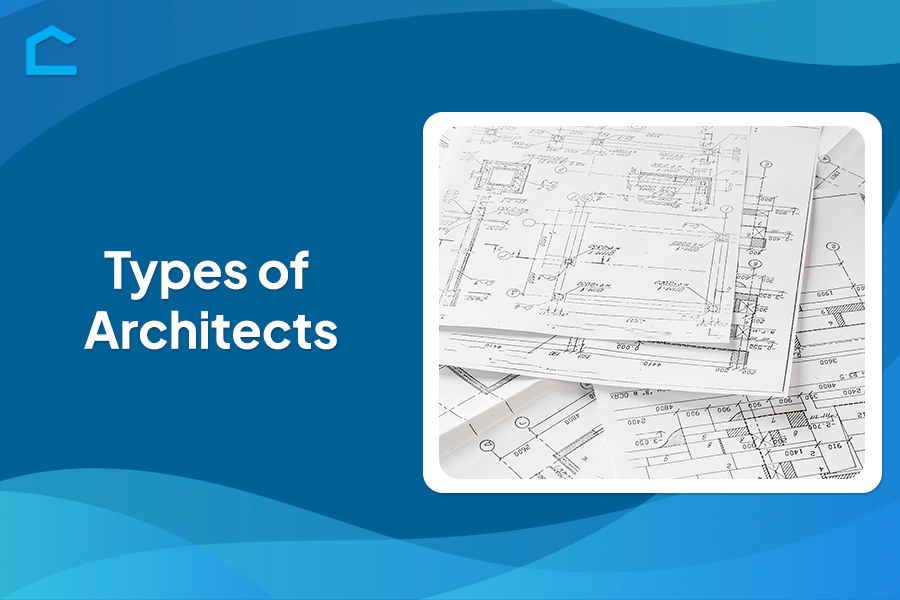
When it comes to designing and constructing buildings, architects play a crucial role in bringing visions to life. However, not all architects specialize in the same types of projects. There are various types of architects, each focusing on a different area of expertise.
Whether it’s residential, commercial, landscape, or urban planning, each type brings unique skills to the table, ensuring that every space is designed to meet specific needs and standards. In this article, we will explore the different types of architects and their areas of expertise.
Understanding these distinctions, you’ll be better equipped to select the right architect for your project. Let’s get started!
Types of Architects
There are many types of architecture jobs, each specializing in a different design and construction field. These diverse aspects of architecture ensure that buildings and spaces are safe and functional, meeting the client’s needs and preferences. Here are the types of architects and what their roles cover:
Residential architects
Residential architects design homes, such as single-family houses, apartments, townhouses, and condominiums. They work closely with clients to understand their needs, lifestyle, and aesthetic preferences. Residential architects aim to create spaces that are not only functional but also comfortable and visually appealing.
In their work, residential architects consider the specific site constraints, including topography, climate, and neighboring structures, to make the design harmonious with its surroundings. They are also well-versed in local building codes and zoning regulations, which allows them to create designs that are safe, compliant, and perfectly suited for residential use.
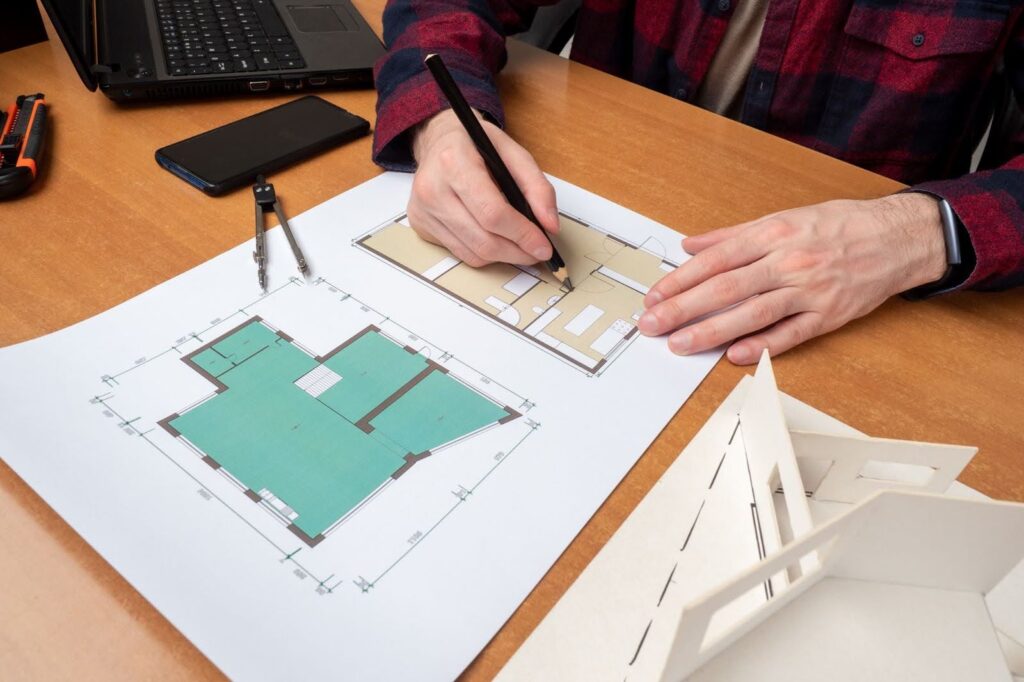
Commercial architects
Commercial architects design non-residential buildings, including office spaces, retail spaces, hotels, restaurants, and other facilities for business and public use. They focus on functionality and efficiency, ensuring that the structures meet specific business requirements, such as maximizing space usage and facilitating smooth customer flow.
These architects also collaborate with clients to understand their business needs and incorporate brand elements into the design, making the space represent the company’s identity. Commercial architects must also follow strict building regulations and codes, considering factors like fire safety, ventilation, and accessibility.
Nowadays, sustainability is very important with many architects implementing green building practices, such as energy-efficient lighting and sustainable materials. Their work supports communities’ economic and social needs by creating environments that enhance productivity, attract customers, and serve many commercial purposes.

Landscape architects
Landscape architects design the landscape of outdoor locations, like community gardens, parks, playgrounds, urban squares, and college campuses. Their work is creative, but it also requires environmental knowledge. They plan the layout of green spaces, select plants and materials, and ensure that each element complements the surrounding area.
Their designs are sustainable because many architects aim to improve biodiversity, conserve water, and reduce environmental footprint through native plants and water-saving irrigation systems. These architects often collaborate with urban planners and environmental scientists to create a space that promotes well-being.
Landscape architects contribute to the quality of life by designing accessible outdoor areas. They create spaces that encourage relaxation, recreation, and socialization.

Industrial architects
Industrial architects specialize in the design and construction of warehouses, factories, or industrial parks. As experts in functional and efficient building design, industrial architects must understand the use of each zone in the building. So, they collaborate with industry experts or clients to design the best layout possible.
These architects consider factors such as machinery placement, ventilation, material handling, etc., so industrial architects must follow building codes and safety regulations to comply with fire safety, dangerous materials, and structural integrity.
Recently, industrial architects have increasingly embraced sustainable design practices. They now prioritize the use of renewable materials, energy-efficient systems, and effective waste management solutions, reflecting a growing commitment to environmentally responsible construction.
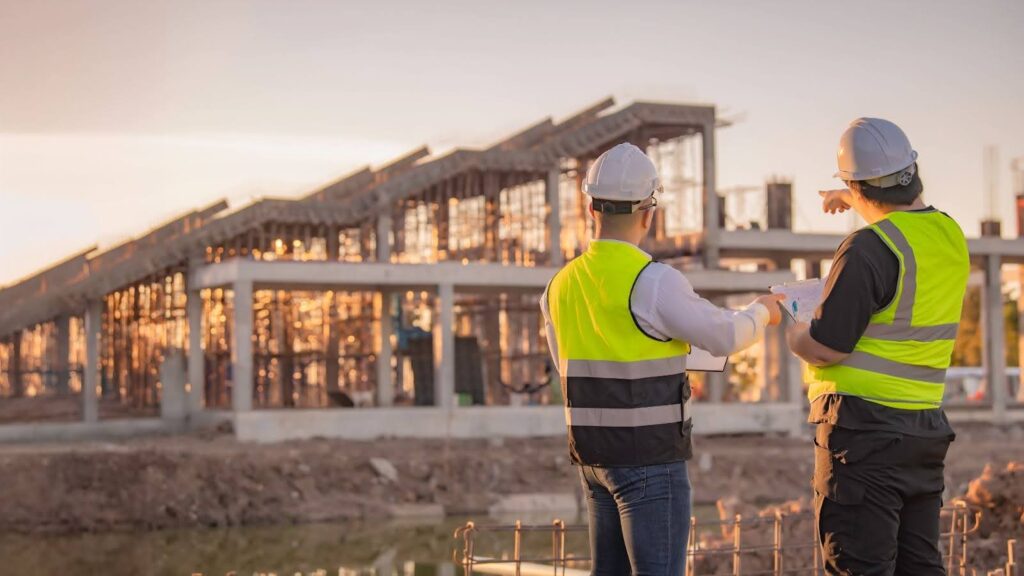
Interior architects
While many assume that interior architects and interior designers do the same job, the reality is that these roles are different. The interior architect focuses on designing an interior space for a building to be functional, comfortable, and aesthetically appealing. Interior architects design layouts that use the full potential of the space, choosing materials and coordinating finishes like lighting, furniture and color schemes.
They also address the practical aspects of design, including heating, ventilation, and access to natural light. Interior architects plan the interior rooms of buildings, such as the location of walls, windows and doors. They also decide where to place furniture.
Moreover, interior architects often collaborate with residential and commercial architects to ensure harmony in their designs. Their priority is the client’s preferences, and they aim to design a beautiful and comfortable space for them.
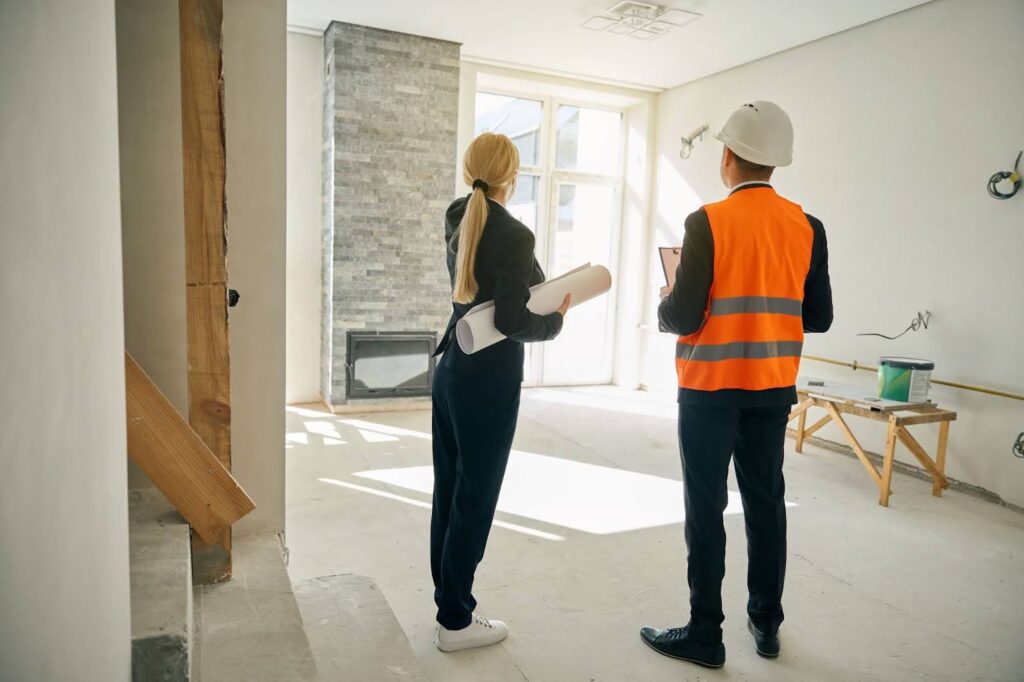
Urban designers / Urban planners
Urban or city planners develop ideas for public lands and consider how the public can ,use the space efficiently. They focus on planning, designing, and developing entire communities, cities, or regions.
Urban planners consider the community’s needs and work on large-scale projects like parks, transportation networks, and other public amenities. They create environments that accommodate population growth, promote sustainability, and improve residents’ quality of life.
These professionals often collaborate with government agencies, architects, and engineers to create strategic plans. By working together, they address critical issues such as housing and transportation, striving to make cities more livable and functional for everyone.
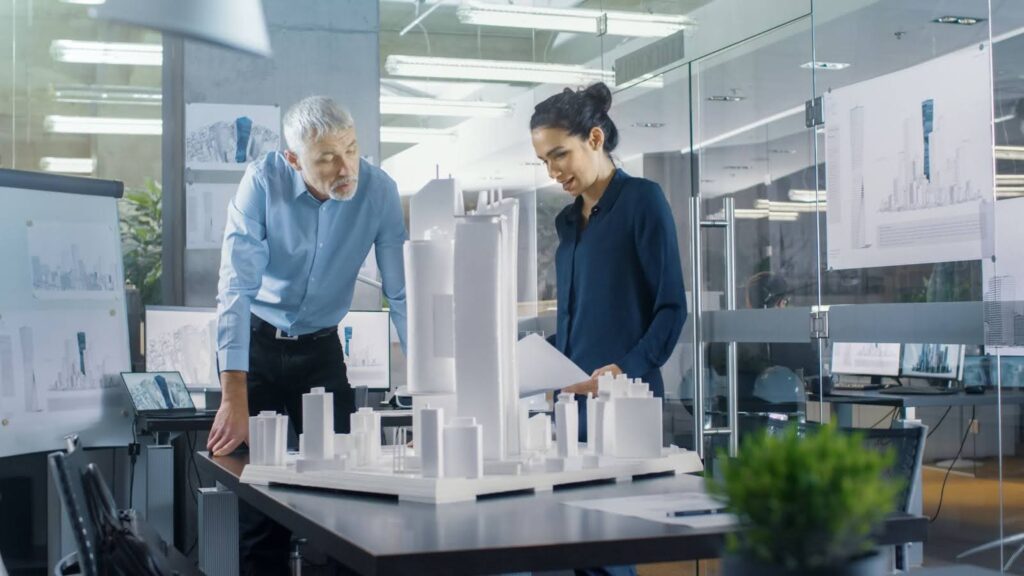
Sustainable / Green architects
Sustainable or green architects focus on designing buildings that reduce environmental impact by prioritizing eco-friendly materials, energy efficiency, and resource conservation. Sustainable architects usually use solar panels, recycled building materials and systems for water conservation.
Through these strategies, they want to create healthier living spaces and reduce the building’s carbon footprint. In collaboration with engineers and environmental consultants, they develop projects that support long-term environmental health and lead to a more sustainable future.
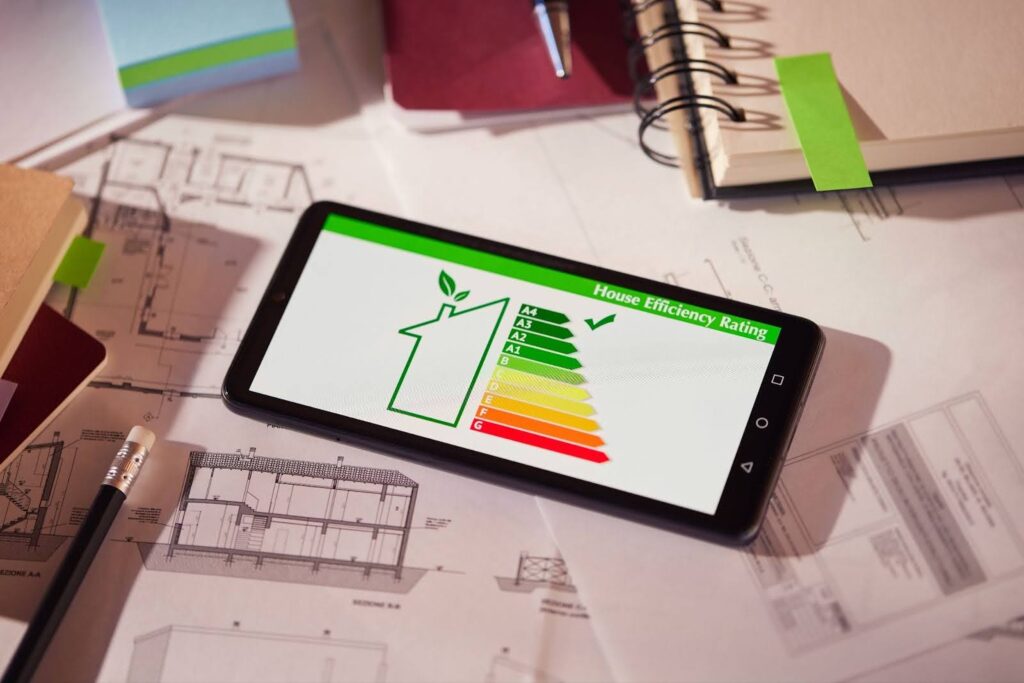
Restoration architects
Restoration architects are dedicated to preserving and restoring historic buildings, ensuring their architectural integrity remains intact while adapting them for modern use. To achieve authenticity, they must understand materials and traditional construction techniques.
In their work, restoration architects carefully balance the preservation of a building’s original character with the necessity of updating it to meet current building codes. For instance, they may modernize plumbing or electrical systems. The goal is to maintain the cultural heritage of historical buildings while making them functional and relevant for future generations.

Naval architects
Naval architects design and build waterborne vessels, such as boats, ships, submarines, and other marine structures. Their work ensures these vessels are safe and suited to marine environments and needs. Naval architects must build stable structures that are efficient and reliable for commercial or military purposes.
Naval architects collaborate with engineers to implement new navigation systems and fuel efficiency. However, they also consider the safety and comfort of passengers and crew, especially for vessels used in tourism and transportation. As a result, the role of a naval architect is essential to the success and safety of the maritime industry.
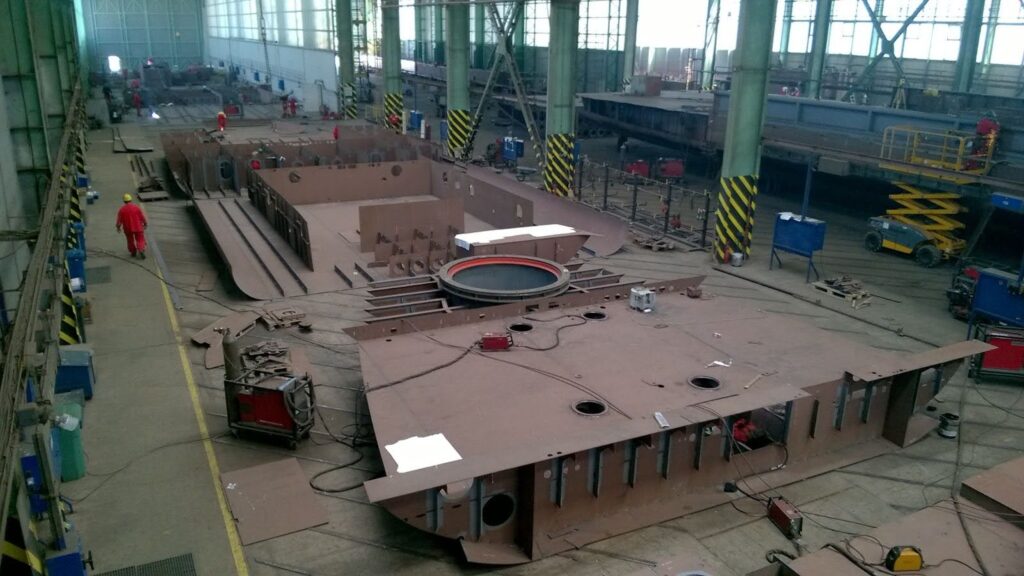
Landscape urbanism architects
Landscape urbanism architects integrate principles from both landscape architecture and urban design to create expansive public spaces that blend natural landscapes with urban infrastructure. Their projects aim to make cities greener and more livable by connecting parks and open spaces with buildings. This approach promotes environmental sustainability and public well-being.
Landscape urbanism architects work closely with ecologists, engineers, and city planners to achieve this vision. They collaborate on the design of multifunctional green spaces that foster human interaction and encourage active lifestyles.

Conclusion
If you need to hire or consult with an architect, it is good to know what different types of architects exist so that you can define what services you need. Whether designing residential homes, commercial spaces, landscapes, or large-scale urban plans, architects bring their expertise to ensure that each project meets specific needs, enhances functionality, and promotes sustainability.
Understanding the various types and their skills can help you select the right professional for your project. Services Curated makes this process easier by connecting homeowners and businesses with trusted, verified experts. We help you find the right architect and ensure a successful and well-designed outcome.
